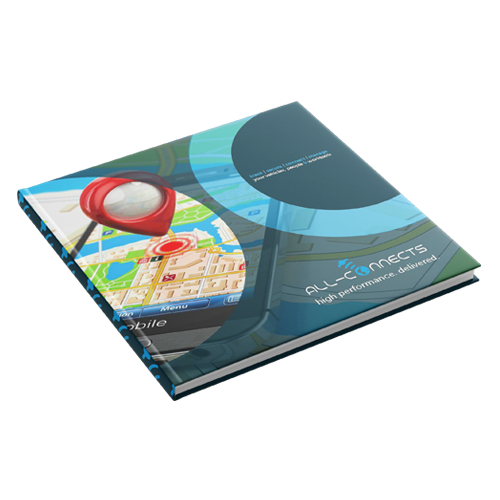Have you ever noticed that there are often a lot of trucks parked in the car parks next to the motorway? These drivers rest in the evening, of course, but you often also see trucks parked throughout the day. Drivers are in fact required to observe certain agreements on driving and resting times. In this blog, we will tell you the most important things you need to know about driving and resting times.
Driving and resting times are agreements that were made to ensure the safety of both drivers and other road users. Every year, a huge number of accidents are caused by drivers falling asleep at the wheel or being inattentive due to fatigue. A tired driver is less alert and has difficulty assessing certain dangerous traffic situations, which can cause problems not only for the driver but also for other road users.
The breaks that drivers are obliged to take ensure that they have time to clear their heads and relax after a stressful journey. This significantly reduces the risk of accidents caused by fatigue.
Although every driver benefits from a break between drives, this regulation only applies to:
The rules on driving and resting times are quite extensive. A driver may not drive for more than 4 hours 30 minutes at a time. Once the driver has reached that point, a compulsory break of at least 45 minutes must be taken.
Of course, it may be that the driver does not need to take these 45 minutes at a time. In that case, the break may also be split into two breaks: one of at least 15 minutes and one of at least 30 minutes.
In addition to the limit on the maximum number of consecutive driving hours, there is also a limit on the daily number of hours driven. For example, a driver may drive for a maximum of 9 hours per day. This limit of 9 hours/day may be exceeded twice a week by one hour. In concrete terms, this means that twice a week, 10 driving hours may be put on the counter instead of 9 hours.
The maximum number of permitted driving hours per week is 56 hours, which amounts to a maximum of 6 driving days per week. Two busy weeks ahead of you? Attention: your driver is limited to 90 driving hours divided over two weeks.
Within a 24-hour period, a rest period of at least 11 hours must be taken. Again, the driver has the choice of taking this break in one part, or splitting it into two parts (uninterrupted break of at least 3 hours and a second uninterrupted break of at least 9 hours).

In order to check driving times in a transparent and objective manner, a tachograph system is used. This can be either analog or digital. Below, we will elaborate on the two systems and their differences.
An analogue tachograph works with discs that the driver has to position manually. It is also his responsibility to replace this disc every working day. Regular checks are made on compliance with the driving times. At such checks, the driver must be able to present the disc for the day itself and for the previous 28 days. After these 28 days, the discs must be kept in the office or in the control centre.
A digital tachograph works by means of a driver card and operates by means of hardware directly installed in the vehicle. Without the presence of the driver card, the vehicle is not allowed to drive under any circumstances. The driver will have to set the tachograph The driver will have to manually set the card to the correct position and empty it at least every 21 calendar days.
Of course, there are sanctions for not respecting the driving and resting times. And those penalties are heavier than you think! You risk a fine ranging from 62 to 1,500 euros and more. If you have a digital tachograph and - accidentally - drive without a driver's card, the risk of a sanction is also very high.
After reading this blog, are you curious about which tracking and digital solutions All-Connects offers? Ask us your question and we will answer you as soon as possible.
